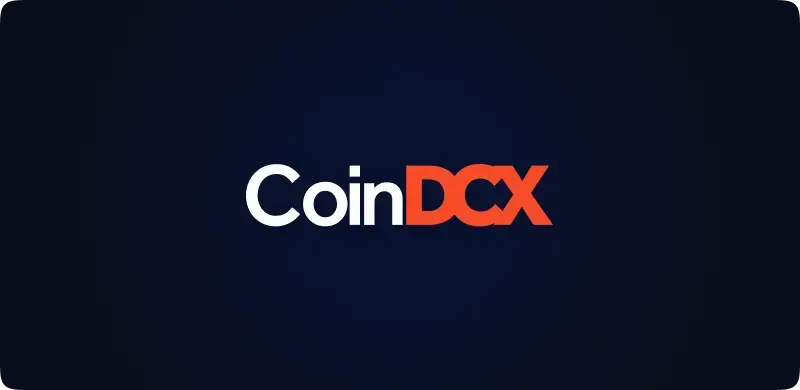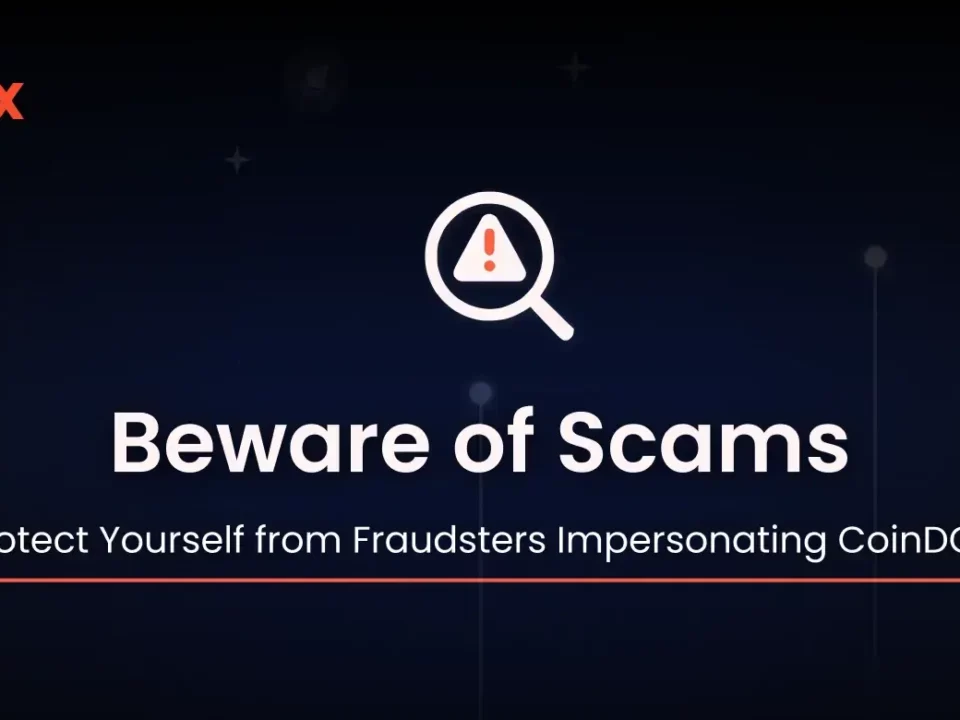Table of Contents
ToggleIntroduction
In the realm of digital finance, crypto payments have emerged as a game-changer, providing individuals and businesses with an efficient and secure way to transact. Unlike traditional fiat payments, which rely on centralized financial institutions, crypto payments leverage the power of blockchain technology to facilitate peer-to-peer transactions without intermediaries. This innovation aims to enhance financial inclusivity, privacy, and control over one’s assets.
The concept of crypto payments was born out of a need for a decentralized and transparent financial system that empowers individuals to have direct control over their funds. By leveraging cryptographic principles and distributed ledger technology, cryptocurrencies offer a decentralized and immutable record of transactions, reducing the reliance on centralized authorities and intermediaries.
While crypto payments present numerous advantages, it is crucial to acknowledge the potential security risks associated with this nascent technology. The decentralized nature of cryptos and the underlying blockchain infrastructure make them susceptible to various types of security threats. Malicious actors can exploit vulnerabilities in the system, launch attacks such as hacking, phishing, ransomware, and insider threats, potentially compromising the integrity and security of crypto transactions.
To safeguard against these risks, it is essential for individuals and businesses to adopt robust security measures and best practices. This article will delve into the various security risks involved in crypto payments, including types of blockchain attacks, and provide valuable insights and strategies to mitigate these risks effectively. By understanding the potential threats and implementing appropriate safeguards, users can confidently embrace crypto payments while ensuring the security of their assets and transactions.
Join us as we explore the fascinating world of crypto payments, uncover the potential security risks involved, and discover practical ways to mitigate these risks for a safer and more secure crypto payment experience.
Read More: Guide to Crypto Tax in India
Different Types of Blockchain Attacks in Crypto Payments
- Malware Attacks: Malicious software, such as keyloggers or screen scrapers, can infect users’ devices to steal private keys, passwords, or sensitive information related to crypto payments. Users should exercise caution when downloading software and use reliable antivirus solutions to detect and prevent malware infections.
- Phishing Attacks: Cybercriminals create deceptive websites or send fraudulent emails that mimic legitimate crypto payment platforms. Unsuspecting users may be tricked into providing their private keys, login credentials, or other sensitive information. Users should verify website URLs, enable two-factor authentication (2FA), and avoid clicking on suspicious links.
- Man-in-the-Middle (MitM) Attacks: Hackers intercept and modify communication between the sender and receiver in a crypto payment transaction. They can manipulate transaction details, redirect funds to their own addresses, or gain unauthorized access to sensitive information. Users should use secure, encrypted communication channels and verify the authenticity of transaction details.
- Distributed Denial-of-Service (DDoS) Attacks: Attackers overwhelm a crypto payment network with a massive influx of traffic, causing disruptions and potential service outages. DDoS attacks can exploit vulnerabilities in the network’s infrastructure, making it challenging for users to complete transactions. Platforms should employ robust DDoS mitigation measures to maintain service availability.
- 51% Attacks: In blockchain networks, an attacker gains control over the majority of the network’s computational power, allowing them to manipulate transactions, double-spend coins, or disrupt the network’s consensus mechanism. Blockchain networks with a high level of decentralization and robust consensus algorithms are less susceptible to 51% attacks.
- Smart Contract Vulnerabilities: Flaws in smart contract code can be exploited by attackers to exploit loopholes and execute unauthorized transactions, leading to financial losses for users involved in the crypto payment. Smart contract developers should conduct thorough security audits and follow best practices to mitigate vulnerabilities.
- Insider Threats: Individuals with authorized access to crypto payment platforms or networks may abuse their privileges and compromise the security of users’ funds or transaction information. Implementing strict access controls, monitoring user activities, and conducting regular security audits can help mitigate insider threats.
- Wallet Vulnerabilities: Insecure or poorly implemented wallets can be targeted by hackers, leading to the theft of private keys and unauthorized access to crypto funds. Users should choose reputable wallet providers, enable encryption and password protection, and keep their wallets and software up to date.
To mitigate these risks, it is essential for users to stay vigilant, employ robust security measures such as multi-factor authentication, keep software and wallets up to date, use reputable platforms, and practice secure browsing habits. Regularly educating oneself about emerging threats and staying informed about best security practices can help prevent potential security risks associated with crypto payments.
| Attack Type | Description |
|---|---|
| Malware Attacks | Malicious software that infects devices to steal private keys or sensitive crypto payment data. |
| Phishing Attacks | Deceptive websites or emails used to trick users into revealing private keys or login credentials. |
| Man-in-the-Middle (MitM) Attacks | Interception and modification of communication to manipulate transaction details or gain unauthorized access. |
| Distributed Denial-of-Service (DDoS) Attacks | Overwhelming a network with traffic to disrupt service and transaction processing. |
| 51% Attacks | Gaining control over the majority of a network’s computational power to manipulate transactions. |
| Smart Contract Vulnerabilities | Exploiting flaws in smart contract code to execute unauthorized transactions. |
| Insider Threats | Abusing authorized access to compromise the security of funds or transaction information. |
| Wallet Vulnerabilities | Targeting insecure wallets to gain unauthorized access to private keys and crypto funds. |
Read On: A Guide to Crypto Research with ChatGPT
Strategies For Mitigating Risks And Challenges
To mitigate the risks and challenges associated with crypto payments, it is crucial to adopt a proactive approach. Implementing reliable wallets, enabling two-factor authentication, and verifying website authenticity are some of the essential steps. Staying informed about the latest security practices and conducting due diligence before engaging in transactions further enhances security. Securing network connections, regularly updating software, and implementing strong passwords are additional measures to protect digital assets. Backup solutions and caution while using public Wi-Fi also play vital roles in preventing potential risks. By following these strategies, users can bolster the security of their crypto payments and ensure the safe management of their digital assets. Take a look at the table below to understand the points better.
| Strategies | Description |
|---|---|
| Use Reliable Wallets | Utilize reputable wallets with robust security features and regular updates to protect your private keys and digital assets. |
| Enable Two-Factor Authentication (2FA) | Implement 2FA wherever possible to add an extra layer of security to your crypto payment accounts. |
| Verify Website Authenticity | Always verify the authenticity of websites and avoid clicking on suspicious links or sharing sensitive information. |
| Stay Informed | Stay updated on the latest security practices, news, and developments in the crypto industry to proactively address emerging risks. |
| Conduct Due Diligence | Before engaging in transactions or investments, research and verify the credibility of projects, platforms, and individuals involved. |
| Secure Network Connections | Use secure and encrypted network connections, such as VPNs, when accessing crypto payment platforms or conducting transactions. |
| Regularly Update Software | Keep your operating systems, wallets, and other crypto-related software updated with the latest security patches and enhancements. |
| Implement Strong Passwords | Use unique and complex passwords for your crypto payment accounts, and consider using a password manager for added convenience and security. |
| Backup Your Wallet | Regularly back up your wallet’s private keys or mnemonic phrases and store them securely offline to protect against device loss or failure. |
| Be Cautious of Public Wi-Fi | Avoid using public Wi-Fi networks for crypto transactions as they may expose your sensitive data to potential attackers. |
Additional Read: What is Crypto Gas War?
Conclusion
In conclusion, while crypto payments offer numerous advantages, it is essential to be aware of the potential risks and take proactive steps to mitigate them. Safeguarding against crypto security risks is crucial to protect digital assets and ensure a secure payment experience. By understanding the types of blockchain attacks and the inherent risks associated with crypto payments, users can implement effective strategies to prevent these risks.
Utilizing reliable wallets, enabling two-factor authentication, staying informed, and conducting due diligence are essential practices. Additionally, securing network connections, regularly updating software, implementing strong passwords, and backing up wallets add layers of protection. Being cautious when using public Wi-Fi and verifying website authenticity further minimize security risks.
By following these preventive measures, individuals can confidently engage in crypto payments while minimizing the potential risks and enjoying the benefits of this innovative financial ecosystem. Stay informed, stay vigilant, and prioritize security to make the most of the exciting world of crypto payments.
FAQs
What are the pros and cons of accepting crypto payments?
Accepting crypto payments offers advantages such as global accessibility, fast transactions, and reduced fees. However, drawbacks include price volatility, regulatory uncertainties, and limited acceptance. Businesses must weigh the benefits against the risks, consider their target audience, and implement appropriate risk management strategies to leverage the potential of crypto payments effectively.
What are some benefits of using crypto as a method of payment?
Using crypto as a method of payment offers benefits such as decentralized transactions, enhanced privacy, reduced reliance on intermediaries, and lower transaction fees compared to traditional payment systems. It provides greater financial control, enables cross-border transactions without currency conversion, and fosters innovation in the digital economy.
Related posts
Beware of Scams: Protect Yourself from Fraudsters Impersonating CoinDCX
Shield yourself from impostors posing as CoinDCX to safeguard against fraud.
Read more
CoinDCX: Identifying Fake Investments and Job Offers
Stay informed about emerging threats and practice secure browsing
Read more


